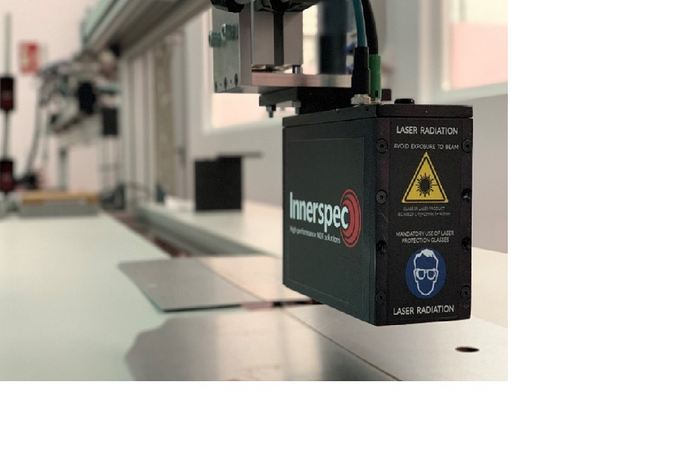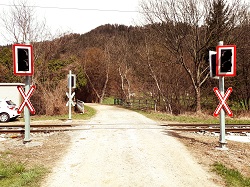Innovative sensors to tackle turbulence
Weather dependent separation (WDS) maintains high safety levels, increases airport arrival and departure capacity, and lessens delays by optimising aircraft spacing. It reduces or suspends wake separations by considering all weather conditions and wake vortex behaviour. WDS requires weather measurements and a forecasting algorithm to predict future atmospheric conditions. The minimum separation distance is computed based on this forecast, which allows for a certain amount of uncertainty. For safety reasons, this uncertainty is offset by a safety buffer in the separation. The EU-funded UFO(opens in new window) (Ultrafast wind sensors for wake-vortex hazards mitigation) set out to reduce this safety buffer by improving weather measurements and forecasting through advanced sensors. The UFO team developed new ground-based, ultra-fast remote sensors. These can be used to deal with wake vortex hazards and severe crosswind, air turbulence and wind shear. Project partners developed new design tools such as simulators, as well as created an advanced Doppler signal processing algorithm. They also compared existing sensors. The sensors, simulators and algorithms were tested and validated at the Munich and Toulouse airports. In addition, researchers introduced WDS of aircraft and proposed how it can be used. UFO foresees two main benefits. It should reduce the safety buffer, leading to less runway queuing delays. Also, by improving the performance of the wake vortex monitoring system, the probability of encountering a wake vortex is reduced.







